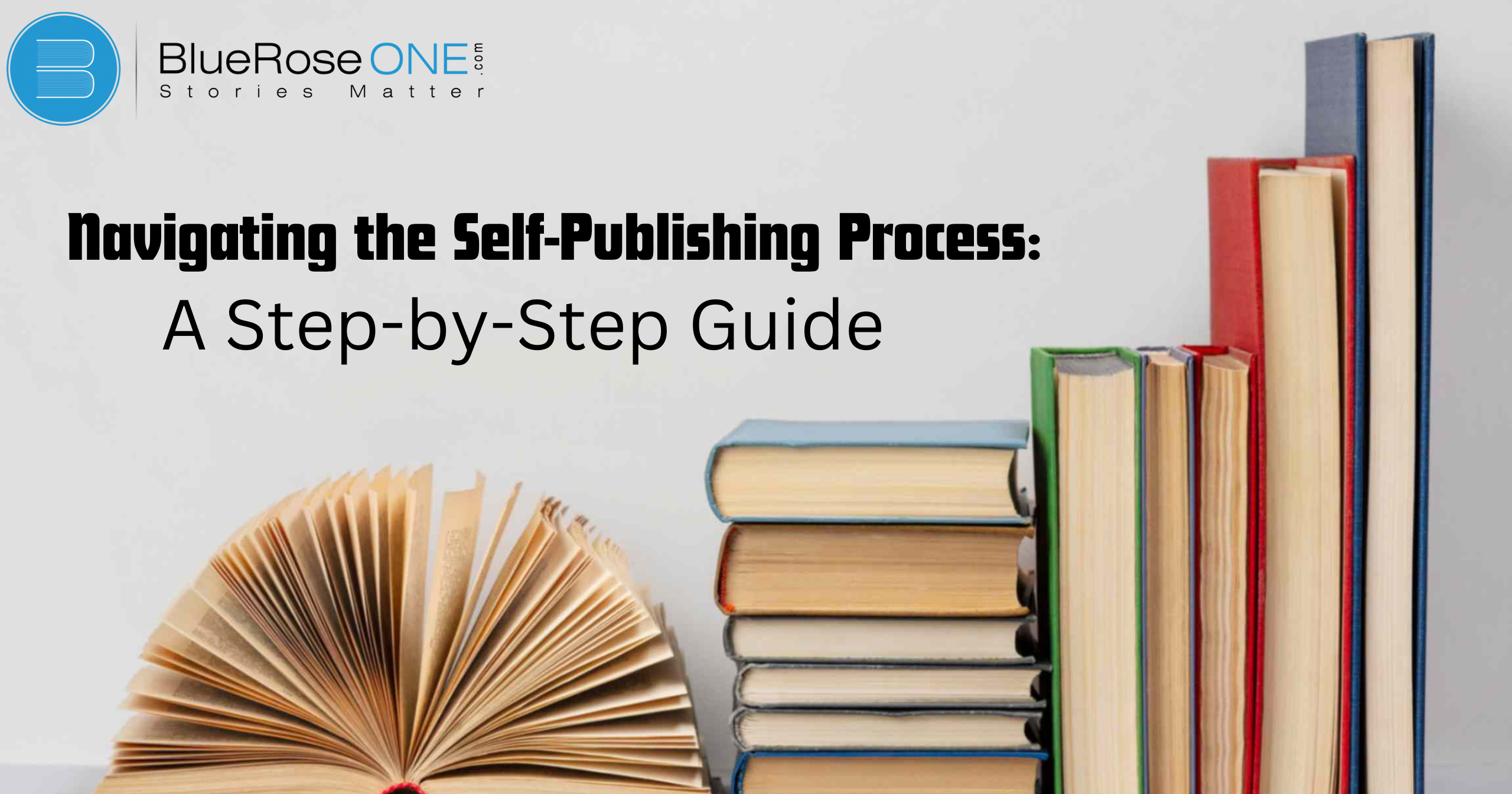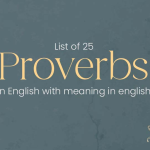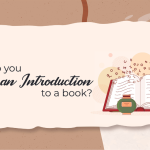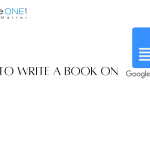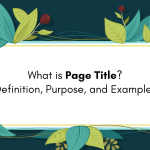Self-publishing has revolutionized the way authors bring their work to the world. With the rise of digital platforms and print-on-demand services, aspiring writers now have unprecedented access to publish their books independently. However, navigating the self-publishing process can be daunting without the right guidance. In this comprehensive guide, we’ll walk you through each step of the self-publishing journey, from preparing your manuscript to building your author brand and beyond.
Introduction to Self-Publishing
What is self-publishing?
Self-publishing refers to the process of publishing a book without the involvement of traditional publishing houses. Instead of relying on literary agents and publishing contracts, authors have the freedom to oversee every aspect of the publishing process themselves.
Why choose self-publishing?
Self-publishing offers numerous benefits, including greater creative control, higher royalty rates, and faster time to market. Additionally, self-published authors retain the rights to their work and have the flexibility to experiment with pricing and marketing strategies.
Preparing Your Manuscript
Before you can publish your book, it’s essential to ensure that your manuscript is polished and error-free. This involves thorough editing and proofreading to correct any grammatical errors, typos, or inconsistencies.
When preparing your manuscript for submission, attention to detail is crucial. Start by formatting your document according to the publisher’s guidelines, including font size, line spacing, and margins. Ensure consistency in headings, subheadings, and body text. Double-check grammar, spelling, and punctuation meticulously. Organize your content logically, with clear transitions between sections. Consider the readability and flow of your writing, aiming for clarity and coherence. If applicable, include any necessary tables, figures, or illustrations, properly labeled and referenced. Finally, review the submission requirements and follow any additional instructions provided by the publisher. A well-prepared manuscript increases the likelihood of acceptance and publication.
You may also like: The Importance of Professional Editing in Self-Publishing
Cover Design and Formatting
Importance of a compelling cover
The importance of a compelling cover cannot be overstated. Whether it’s a book, a report, or a presentation, the book cover is the first thing that grabs attention. A well-designed cover sets the tone, piques curiosity, and entices the audience to delve deeper. It serves as a visual representation of the content within, offering a glimpse into what awaits. A compelling cover communicates professionalism, credibility, and relevance. In a world inundated with information, a standout cover can make all the difference between being noticed or overlooked. It’s the gateway to engagement, making it essential for any piece of content aiming to make an impact.
Formatting for print and digital formats
Formatting for print and digital formats is crucial in self-publishing to ensure your work appears professional and readable across various mediums. For print, consider layout elements such as margins, font size, and line spacing to enhance readability. Additionally, optimizing images and graphics for high-resolution printing is essential. In digital formats, focus on compatibility with e-reader devices and platforms, ensuring proper formatting for different screen sizes and resolutions. Pay attention to font embedding and text reflow capabilities to maintain consistency across devices. By meticulously formatting your content for both print and digital mediums, you’ll reach a wider audience and provide a seamless reading experience.
Choosing the Right Publishing Platform
Choosing the right publishing platform is crucial for self-publishing success. Evaluate platforms based on their reach, pricing, and features. Popular options like Amazon Kindle Direct Publishing (KDP) offer vast audiences but might lack certain customization options. Others like BlueRoseOne publiser provide wider distribution with budget friendly costs. Consider your target audience, genre, and goals when selecting. Research each platform’s royalties, ease of use, and promotional tools. Remember, flexibility is key; some authors find success by utilizing multiple platforms simultaneously. Ultimately, prioritize a platform that aligns with your needs and maximizes your book’s visibility and profitability.
Uploading Your Book
The first step in entering the digital world of self-publishing is to upload your manuscript. Whether it’s BlueRose Publishers Amazon Kindle Direct Publishing, or another platform, pick your favourite and adhere to their detailed instructions. To ensure a seamless conversion into an e-book format, make sure your text satisfies their formatting criteria. Take note of specifics such as pricing, metadata, and cover design. Before publishing your book to the public, use the platform’s previewing capabilities. After you’re happy with your invention, click “publish,” and watch it come to life in the online marketplace so that readers everywhere may find it.”
You may also like: The Rise of Self-Publishing and What it Means for Authors
Pricing Your Book
Strategies for setting the right price
A self-published book’s pricing strategy is essential to its success. To determine market standards, start by looking at novels in your genre that are similar. Think about your production expenses for formatting, cover design, and editing. Don’t undervalue your efforts; instead, maintain your edge. Try different price points and promotions to draw customers without losing money. Make use of tools like as Amazon’s Kindle Direct Publishing to monitor sales information and instantly modify prices. Recall that prices fluctuate, so be ready to adjust in response to customer feedback and industry developments. In the end, striking a balance between value and affordability guarantees that your book reaches the right readers and maximises profits.
Promotional pricing options
Promotional pricing options can significantly impact your self-published book’s visibility and sales. Consider launching with a limited-time discount to entice early adopters and garner initial reviews. Alternatively, opt for a tiered pricing strategy, offering discounts for bulk purchases or bundling your book with related content. Leverage platforms like Amazon’s Kindle Direct Publishing to run Kindle Countdown Deals or Kindle MatchBook promotions. Additionally, explore social media advertising to reach your target audience with tailored discounts. Remember to strike a balance between attracting readers and maintaining the value of your work, ensuring your promotional pricing aligns with your long-term goals.
Marketing and Promotion
Building an author platform
Building an author platform is essential for self-published authors to establish their presence in the competitive literary landscape. It involves creating a strong online presence through social media, blogs, and author websites to connect with readers and build a loyal fan base. Engaging with your audience through regular updates, sharing valuable content, and participating in online communities helps in gaining visibility and credibility. Additionally, collaborating with other authors, participating in book events, and utilizing email marketing strategies can further expand your reach and attract more readers to your work. Building an author platform is a long-term investment that pays off in establishing a successful writing career.
Utilising social media and email marketing
Utilizing social media and email marketing can be pivotal in the success of a self-published book. Social media platforms such as Facebook, Twitter, Instagram, and LinkedIn offer vast opportunities to connect with potential readers, share engaging content, and build a community around your work. With strategic planning, targeted advertising, and consistent engagement, authors can reach wider audiences and generate buzz for their books. Similarly, email marketing allows for direct communication with subscribers, offering exclusive content, updates, and promotional offers. By leveraging both social media and email marketing effectively, self-published authors can amplify their visibility and maximize book sales.
Launching Your Book
Planning a successful book launch
A well-executed book launch can significantly impact your book’s success. Plan ahead and coordinate marketing efforts to generate excitement and drive sales during the launch period.
Leveraging pre-orders and release strategies
Offering pre-orders can help build anticipation for your book and secure early sales. Consider implementing special bonuses or incentives to encourage readers to pre-order.
Managing Sales and Reviews
Tracking sales and royalties
Most self-publishing platforms provide tools for tracking your book’s sales and royalties in real-time. Monitor your sales data closely and adjust your marketing strategies as needed to maximize your earnings.
Encouraging reader reviews
Positive reviews can significantly impact your book’s visibility and credibility. Encourage readers to leave reviews by including a call-to-action at the end of your book or offering incentives for honest feedback.
Expanding Your Reach
Strategies for reaching new audiences
Once your book is published, focus on expanding your reach and attracting new readers. Consider participating in book fairs, author events, or podcast interviews to broaden your audience.
Translating and distributing your book internationally
Translating and distributing your book internationally opens up a world of opportunities for self-published authors. With the global reach of digital platforms like Amazon Kindle Direct Publishing and IngramSpark, authors can easily translate their work into multiple languages to reach a broader audience. Leveraging professional translation services ensures linguistic accuracy and cultural relevance, crucial for engaging international readers. Additionally, strategic marketing efforts targeting specific regions or demographics can enhance visibility and sales. Embracing international distribution channels allows self-published authors to break through geographical barriers and connect with readers worldwide, fostering a diverse and expansive readership base.
You may also like: Insights from Bestselling Authors: The Art of Storytelling
Protecting Your Work
Understanding copyright and intellectual property rights
As an author, it’s essential to understand your rights and protect your work from infringement. Consider registering your copyright and implementing measures to prevent unauthorized distribution.
Dealing with piracy and unauthorized distribution
Unfortunately, piracy is a common issue in the digital publishing world. Stay vigilant and take prompt action to address any instances of piracy or copyright infringement.
Building Your Author Brand
Developing a consistent brand image
Your author brand is how readers perceive you and your work. Create a consistent brand image across all your marketing materials, including your website, social media, and book covers.
Engaging with readers and building a fan base
Building a loyal fan base is essential for long-term success as an author. Engage with your readers through social media, email newsletters, and author events to cultivate meaningful connections.
Conclusion
Self-publishing offers unprecedented opportunities for aspiring authors to bring their stories to life. By following this step-by-step guide, you can navigate the self-publishing process with confidence and achieve your publishing goals.
Frequently Asked Questions
While self-publishing can be a viable option for many authors, certain genres may be more suited to traditional publishing.
The cost of self-publishing can vary depending on factors such as editing, cover design, and marketing expenses.
Yes, many authors choose to publish their books exclusively in digital format to reach a wider audience of e-book readers.
No, self-publishing allows authors to bypass the traditional publishing process and retain full control over their work.
Effective marketing strategies include building an author platform, engaging with readers on social media, and leveraging promotional opportunities.

